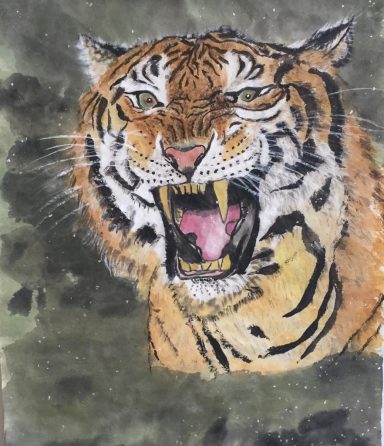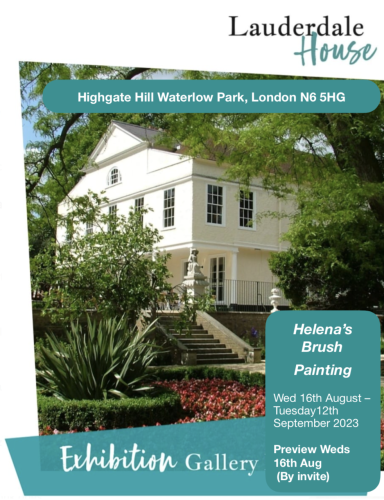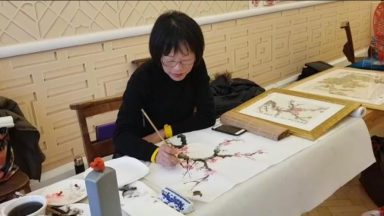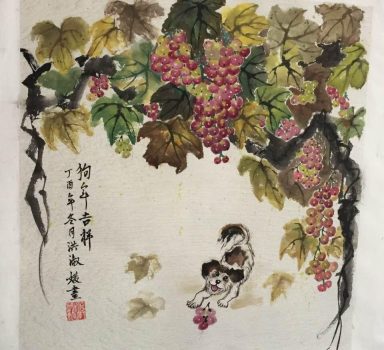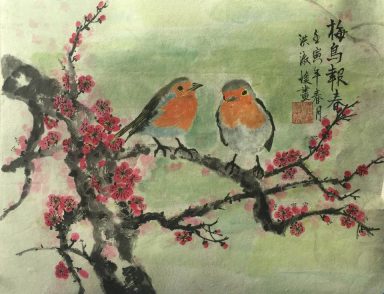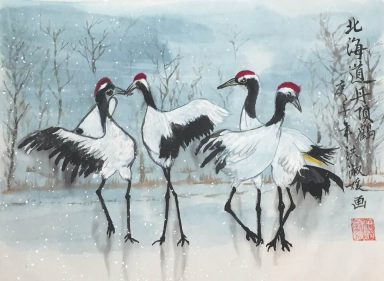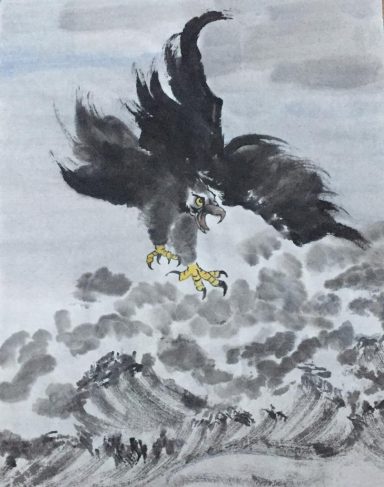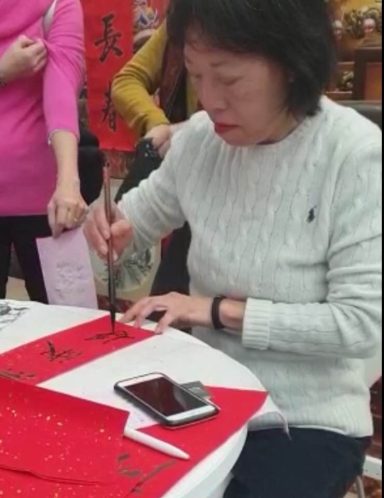

Welcome to my painting gallery
Pls feel free to browse and enjoy my artwork
For ordering & Commissioning
📧 info@helenaspainting.co.uk
📞 02036327593
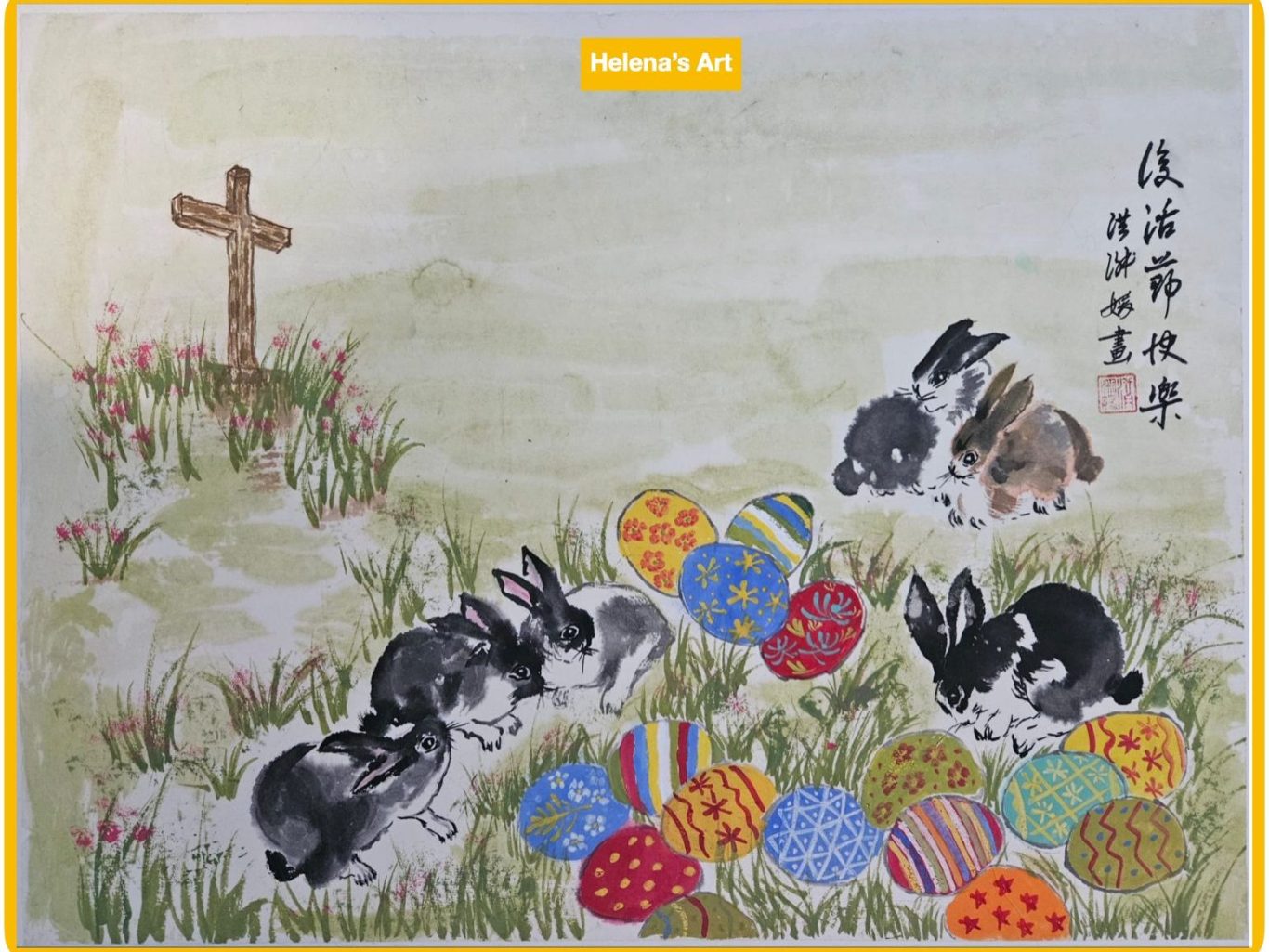



TOGETHER
Celebrate Christmas & The New Year with Helena's Painting Gallery!
Helena's Painting Gallery is excited to spread joy and creativity this Christmas and New Year! Join us in celebrating this special time with family, friends, and the vibrant colours that art brings to life. We invite you to explore our enchanting collection of artworks that capture the warmth and spirit of the the seaon and beyond, perfect for gifting or adding warmth to your holiday décor.
Wishing you a peaceful and inspiring New Year!


Wishing You A Merry Christmas & A Bright New Year!























Goodbye Year of The Rabbit
Welcome Year of The Dragon
The dragon holds rich symbolism and is often associated with power, strength, and good fortune. The Year of the Dragon in the Lunar Calendar is particularly significant as it is believed to bring prosperity and luck. Here are some symbolic meanings of the dragon:
Power and Strength: Dragons are often portrayed as mighty and powerful creatures. In the Year of the Dragon, it symbolises a period of strength, resilience, and the ability to overcome challenges. Good Fortune: The dragon is traditionally considered a symbol of good luck and prosperity. People born in the Year of the Dragon are believed to be blessed with success and happiness. Transformation: Dragons are associated with change and transformation, as they are mythical creatures that can undergo various forms. Assertiveness and Ambition: Dragons are known for their assertiveness and ambitious nature. This symbolism could suggest a period where people are encouraged to pursue their goals with determination and confidence.
Symbol of the Emperor: The dragon was a symbol associated with the emperor, representing imperial power and authority. The Year of the Dragon signifies a time when leadership and authority are prominent.
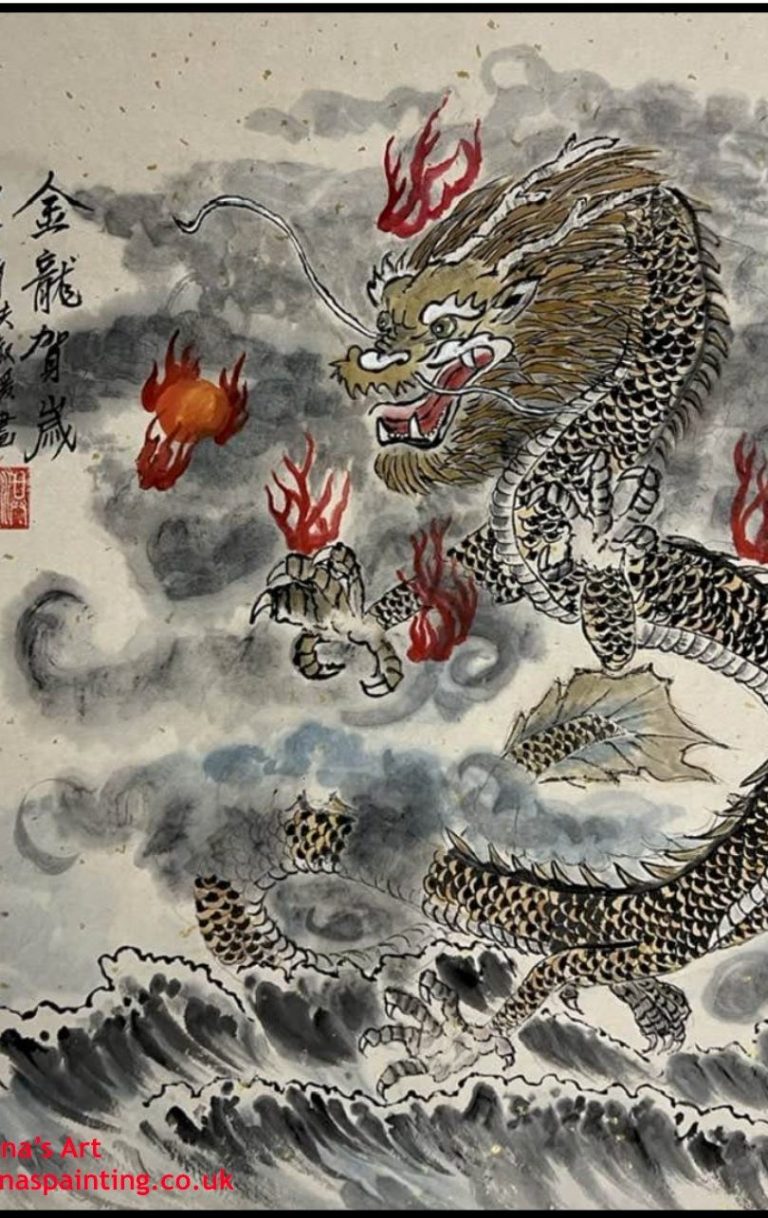


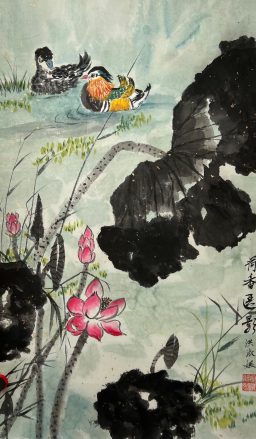
Guildhall Christmas Market 2023 Silent Auction
Art Auction
This painting "Leap Of Freedom" is donated to the Guildhall Christmas Market 2023 for the benefit of The British Red Cross. Silent Auction is now closed. Click on the image to view. The whole proceed goes to support The British Red Cross



“Leap Of Freedom”
This painting depicts two carps leaping symbolising the concept of "Carps leaping over the dragon gate” and conveying the idea of carps transcending challenges. It captures the essence of the idiom's meaning, where perseverance and determination lead to personal growth and freedom, just as the carps in folklore achieve transformation and overcome obstacles.
The idiom 'carps leaping over the dragon gate' originates from ancient folklore, signifying the achievement of remarkable success by overcoming significant challenges. Just as carps must leap over the Dragon Gate waterfall to become dragons, it represents the journey of perseverance and resilience in the face of adversity. This idiom encourages individuals to strive for greatness, emphasising that with determination and hard work, one can attain their goals and experience personal growth.
Helena’s Art - Magic Of Ink Brush Painting
Exhibition at the historic, elegant and vibrant Tudor Lauderdale House Highgate N6 5HG
16th Aug to 11th Sept 2023
Private Viewing:
Weds 16th August 2023 7:30pm
Reception Night
Piano, Opera Arias, Italian Wine
Helena Hung is a London based brush painter, known for her paintings that capture the essence of "East meets West" art as well as in traditional style.
Helena has dedicated time perfecting her brush painting skills, drawing inspiration from both Eastern and Western artistic traditions. With a deep appreciation for the time-honoured art form, she has sought guidance from esteemed masters in the UK, Taiwan, and the US enriching her understanding of brush painting's essence that has flourished for millennia in Asia.
Brush painting is a traditional form of art that involves the use of brushes and ink or paint on various surfaces such as rice paper and silk. Paintings can be monochrome or coloured and typically depict animals, birds, flowers, scenes from nature and landscape.
Brush painting is a traditional form of art that involves the use of brushes and ink or paint on various surfaces such as rice paper and silk. Paintings can be monochrome or coloured and typically depict animals, birds, flowers, scenes from nature and landscape.
History
Brush painting has a long and rich history that dates back to ancient China, where it was used to create calligraphy and ink paintings. Over time, brush painting evolved into a distinct form of art that was highly valued by elites. It later spread to other parts of East Asia, where it was further developed and refined into distinct styles and techniques.
Tools
The tools required for brush painting include brushes, ink or paint, rice paper, silk or other surfaces to paint on, and a palette or ink stone for mixing the ink. Brushes used for brush painting are typically made of animal hair such as goat or wolf hair and come in a variety of shapes and sizes. The quality of the brush and the ink used can greatly affect the final outcome of the painting.



In heartfelt appreciation to my esteemed mentors and teachers, whose guidance and expertise have enriched my artistic journey.
Chin-Sheng Tien 田金生 (Taiwan)
Ming-Chin Chang 張明琴 (Taiwan)
Virginia Lloyd-Davies 惟仁 (USA)
William Chai 蔡維敏 (London UK)
Our partner/sponsors
GS Wines
Del Francis Photography
San Amvrosia Health Foods

Brush painting in the UK
Brush painting has become increasingly popular in the UK in recent years, with artists incorporating the techniques and styles of traditional East Asian brush painting into their work. There are also schools and classes that teach brush painting in the UK, as well as exhibitions and events showcasing the work of brush painters from around the world.
Skills and technique
Brush painting requires a great deal of skill and practice to master. The artist must be able to control the brush and the flow of ink or paint to create precise strokes and lines. There are many techniques used in brush painting, including dry-brush, wet-on-wet, and splashing. The artist must also be familiar with the various types of paper and how they interact with the ink or paint.
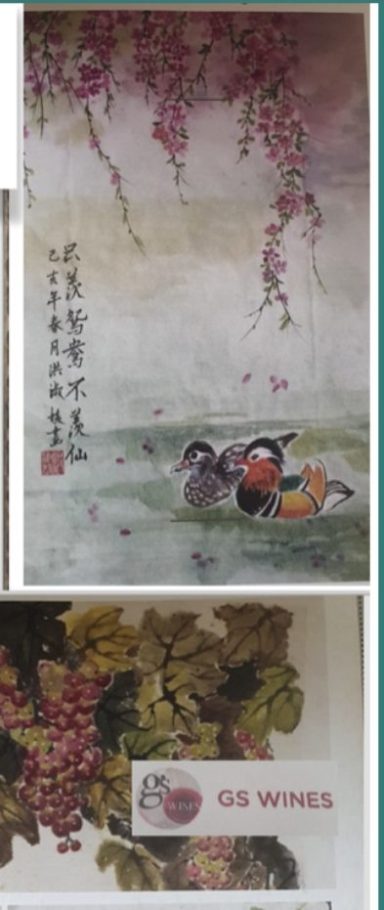
Helena’s Art - Magic Of Ink Exhibition
Lauderdale House Highgate
Lauderdale House is based in the grounds of Waterlow Park just off Highgate Hill, close to both Archway and Highgate Village.
Helena's Art recently hosted a captivating exhibition showcasing Brush Painting artworks of Helena Hung at the prestigious Lauderdale House in Highgate. The event brought together esteemed guests and visitors to the Exhibition. Thank you for all their support and appreciation.
We need your consent to load the translations
We use a third-party service to translate the website content that may collect data about your activity. Please review the details in the privacy policy and accept the service to view the translations.



